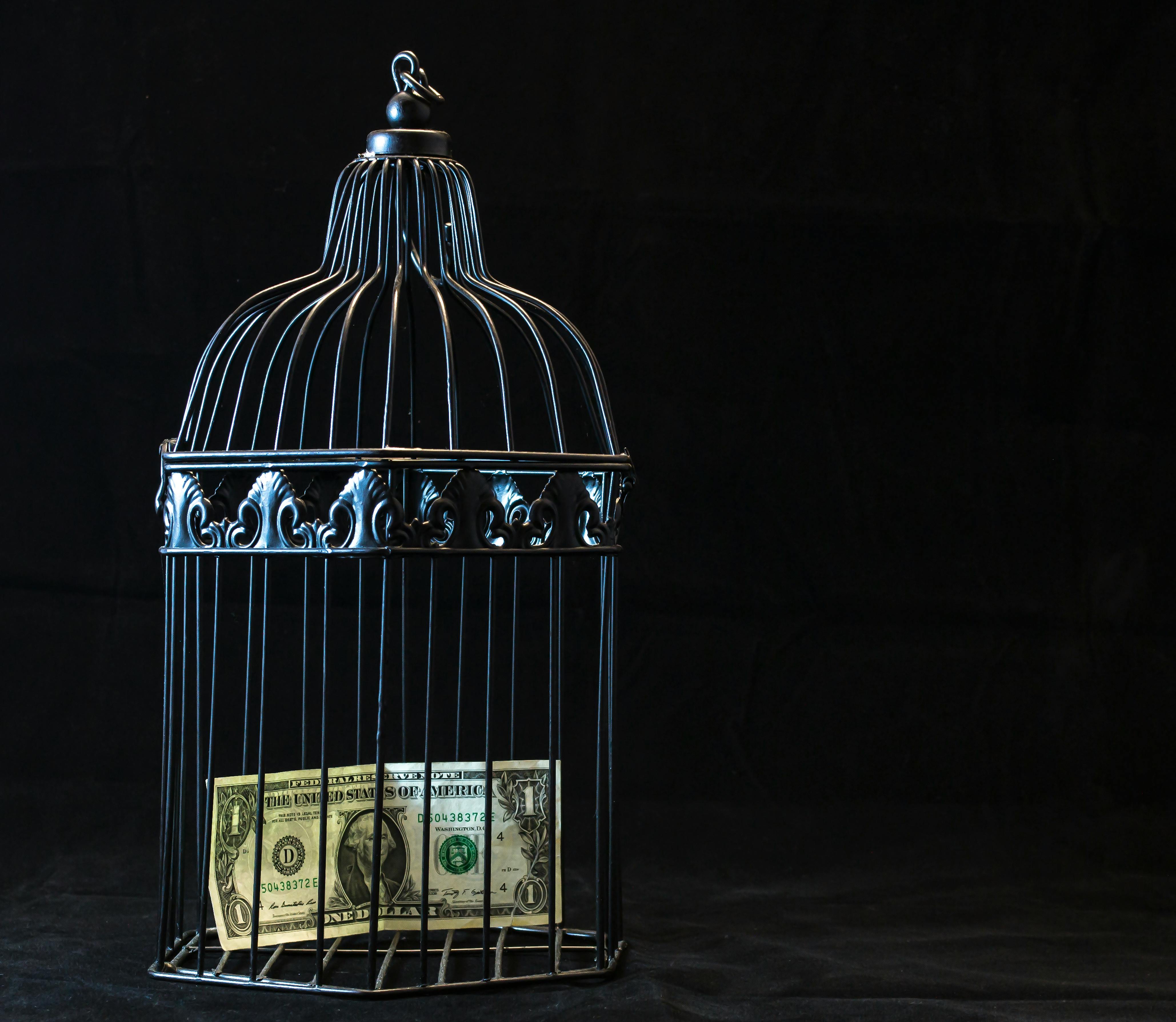The 2008 financial crisis had a profound impact on both the United States and the world. While it’s widely recognized, many people, especially those without a background in economics or finance, don’t fully understand the root causes beyond knowing that it was a major event. This short essay aims to provide clarity, as I believe anyone can grasp the essentials of the 2008 crisis if given a clear, step-by-step explanation free of unnecessary jargon. And widespread knowledge is essential to preventing such an economic and social disaster from occurring again.
Background: The US Housing Market
Our explanation begins with the situation in the US housing market before the crash. For years preceding 2008, the market experienced a continual rise in housing prices. Houses in the United States were in high demand, and everyone was willing to pay higher prices for them. As the prices kept rising, the banks began giving more risky loans. A loan's risk depends on the person who requested the loan and their ability to pay. Hence, more risky loans mean lending to people with a higher chance of being unable to pay loans. However, the banks were willing to give loans on homes because of the rising house prices. They thought that if people were unable to pay back the loans, they could simply take the house and make back their investment.
Risky Loans and Investment Bundles
These risky loans were not always kept by the banks. They were often bundled together and sold to other companies as an investment. When banks give people loans, like for buying houses, they can bundle lots of these loans together and sell them to other companies, such as investment firms. For example, if a bank gives out 1,000 home loans, it can sell this bundle to investors. The bank gets cash right away, which they can use to make more loans, and they don’t have to worry about whether people will pay their loans back. The investors, on the other hand, buy the bundle because they’ll earn money from the loan payments and interest. It’s like the bank handing over the responsibility for collecting payments.
The Crisis Hits
The problem arises when the banks are no longer cautious. If many people can’t pay their loans, the investors lose money, which happened in the 2008 financial crisis. As more people defaulted on their loans, the housing market started to collapse, leading to massive financial losses and triggering a global economic downturn.

